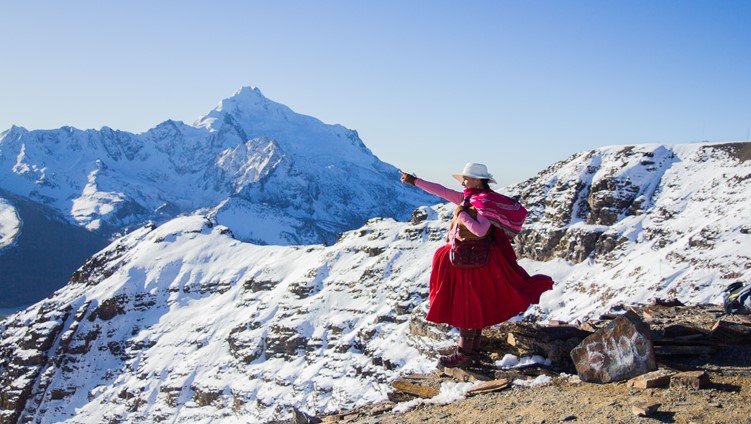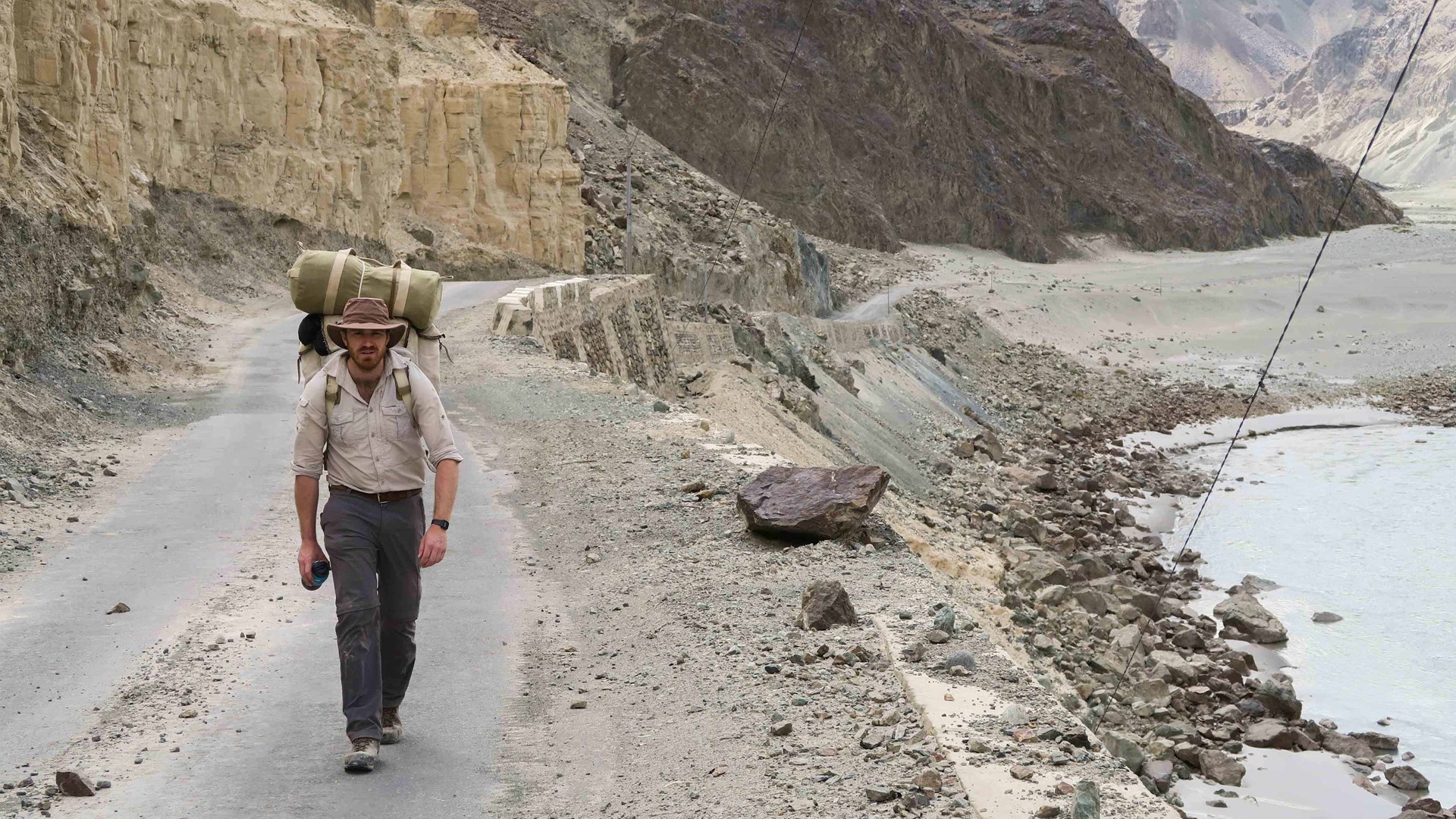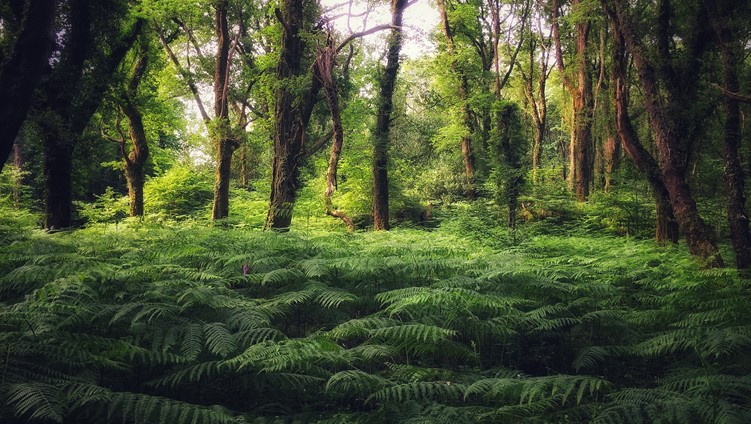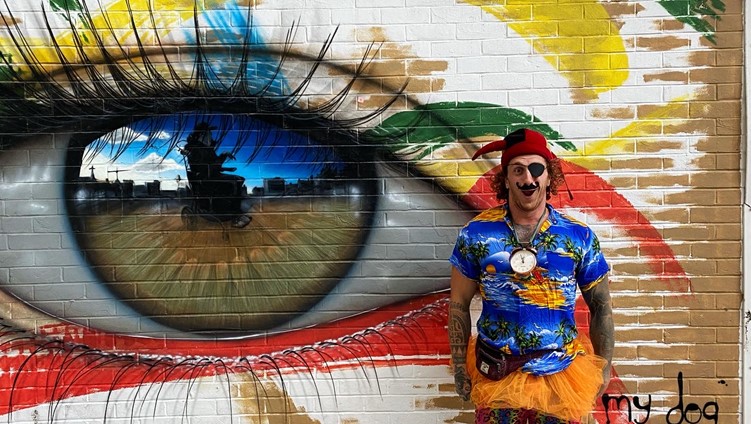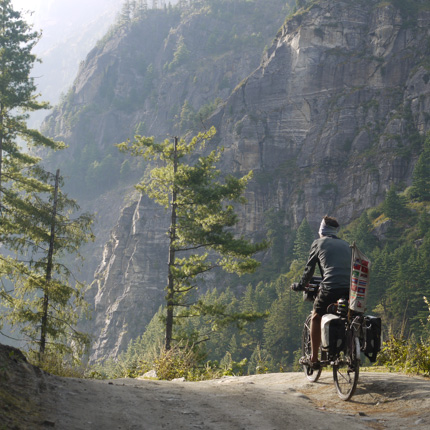
Coinciding with 70 years of Independence from British rule, Olie Hunter Smart is currently chasing Gandhi’s shadow and walking the length of India, over 4,000km exploring and learning about the people, the country and its 400-year relationship with Britain.
Adventure Uncovered recently caught up with Oli and how the journey is taking a different look at the India-UK story.
One of the purposes of walking India is investigating the cultural connection and how it has evolved since 1947, sharing the stories of Indian, British and Anglo-Indian elders who experienced British rule before these memories are lost forever, as well as seeking the opinions of young Indian, British and Anglo-Indian’s on their multi-cultural history.
Olie’s motivation behind the solo expedition is “to travel slowly through the country to really get to know it and its people; how they live and how history has shaped who they are today. This adventure seemed like an obvious choice with 2017 being a significant anniversary, plus by walking it I am paying tribute to Gandhi who played such an important role securing Independence”.
“At its height, the British Empire ruled over 20% of the global population, covering almost 25% of the earth’s land mass. But we don’t like to talk about our colonial past, particularly all the gory detail of how we ruled. We exclude it from our school curriculums, almost burying the past as generations pass. Colonialism is an incredibly important part of not only our history, but that of many nations, and it’s something they look back in many instances with appreciation and even fondness.”
Securing Independence wasn’t easy for India. ‘Father of the Nation’ Mahatma Gandhi fought for freedom for a vast part of his lifetime until it was ultimately granted in 1947. Olie wants to find out more about the British Raj and what impact Partition and Independence has had on the people throughout the whole country. He wants to hear real stories from those that experienced one of the most significant events of the 20th Century.
“I began my journey in Turtuk, a small village in the Nubra Valley in Ladakh that sits on the Line of Control, the disputed border with Pakistan. It’s a peaceful place today, largely because of the heavy military presence throughout the area, though it has seen some conflicts over the years as it transitioned from one nation to another. But how was this area impacted by Independence back in 1947? Sonam Safel, a guest house owner in Diskit with whom I stayed told me that it didn’t have a great deal of impact as the British didn’t really spend any time in the Ladakh region so when they left, the area continued to operate as it always had done.”
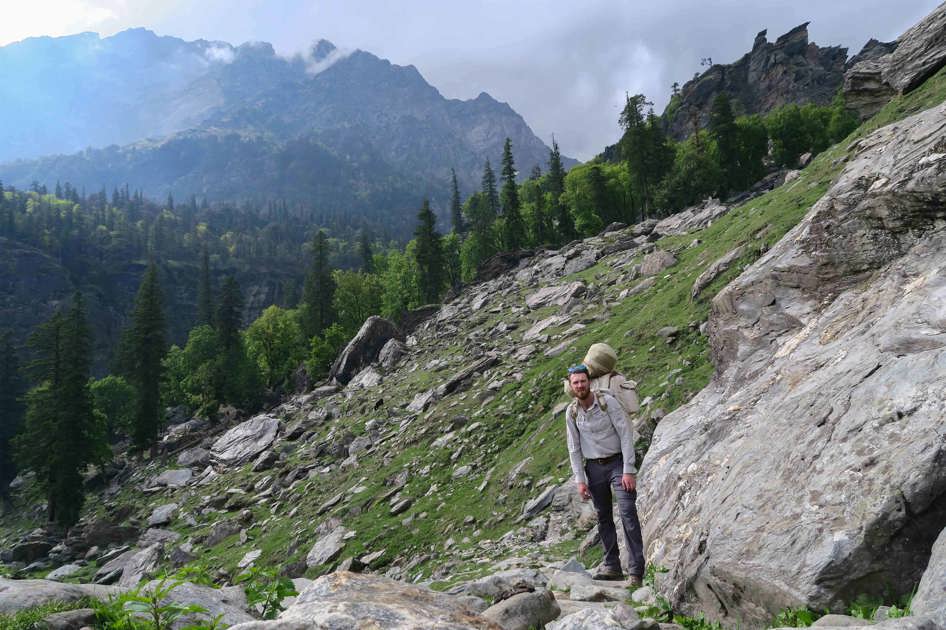

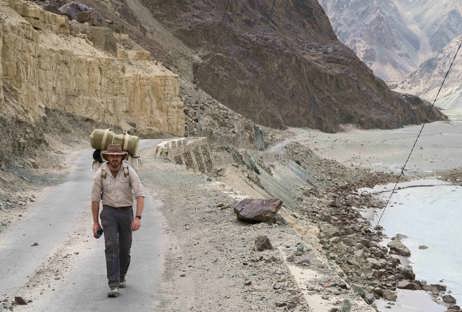


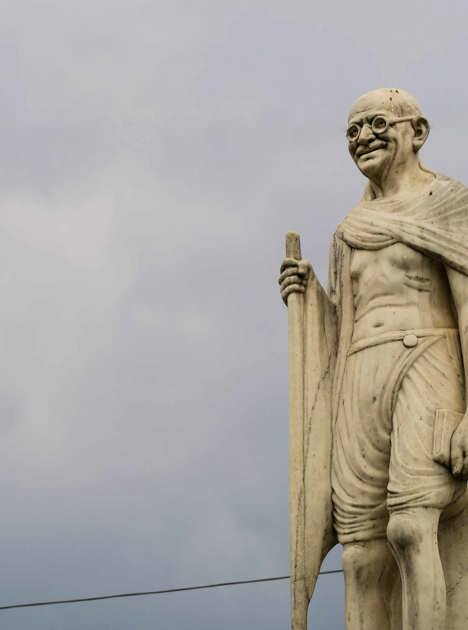
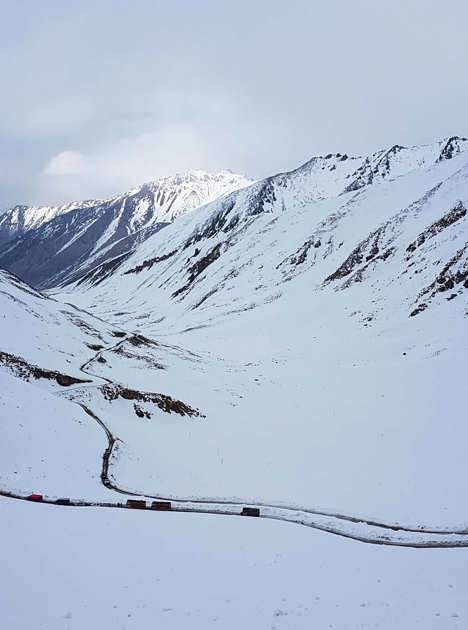
“From the Nubra Valley, I walked up and over Khardung-La, one of the highest motorable roads in the world. As I headed over the 5,300m+ peak I experienced minor altitude sickness being unable to control my legs on the icy road. It felt like I was drunk. From there I headed south through Leh and Lamayuru where I then followed an ancient trade route through the Zanskar Valley. This part of the journey proved to be particularly tough, with wintery alpine conditions on all four of the 5,000m+ passes that my guide, porters and I crossed. The valley remains cut off for much of the year and the trails were yet to open again for the summer. We spent hours trudging through knee-deep snow and were incredibly fortunate to be able to make it through so early in the season. The feelings about Independence not really impacting the area were similar to those in Ladakh, Zanskar also being so isolated.”
“After the best part of two months walking through the Himalayas, I made my way to Chandigarh, the first planned city to be built post-Independence, but also an area that saw a large influx of Punjabis as they fled from newly formed Pakistan. Mansimar Sethi, a young Sikh explained that when his grandparents were leaving Lahore (one of a handful of cities given to Pakistan during Partition), they handed the keys to the neighbour and told them to keep an eye on the house for a few weeks until they were back. Partition seemed like a temporary thing for them given the riots and issues they’d experienced previously. Sadly, they were never able to return to their home as the two new countries formalised their borders.”
“Back on the busy roads, the temperature soars to a staggering 45 degrees Celsius, making it hard for me to keep up my pace. I started earlier each morning, taking a break in the middle of the day to avoid dehydration. I followed the edge of the railway line at points taking the most direct route towards Delhi, where I am currently reflecting on my journey.”
'The biggest challenge I’ve really experienced is the weight of my kit. At 27kgs it includes warm clothes and sleeping bags for the harsher conditions of the Himalayas, plus a tent, first aid kit, stove, cameras, the various chargers, a solar panel, a laptop, hard drive, tripod and so on. If I wasn’t filming this journey I think I could cut it down by about 12kgs!'
“Thinking through all the conversations I’ve had, British times are looked back upon fondly by most Indians I’ve met. The railway system is often highlighted as one of the greatest legacies despite it originally being used to aid the British in the exploitation of their country. They appreciate the solid foundations of administration, governance and education systems that were implemented, as well as having a single, uniting language that has opened up global opportunities over the years. However, there are some negative aspects of the British rule that are always brought up. Partition is the obvious one being the thing that tore the country into two parts, but General Dyer’s actions and the atrocities of the Amritsar massacre where he opened fire on an unarmed peaceful protest killing and wounding thousands is frequently referred to. I’ve also been asked a couple of times whether the Queen could return the Koh-i-Noor, a large diamond that was supposedly stolen during the conquest of Punjab in 1849. Sadly, I think that’s a little beyond my capabilities.
When we asked Olie who had the biggest impact on his journey so far he commented “Not one particular individual so far but hearing about some of the atrocities and the impact it had on their family has been pretty hard to take in. I hope I continue to meet similar inspirational people throughout the rest of my journey.”
You can follow Olie’s onward journey from Delhi below:
Keep exploring

